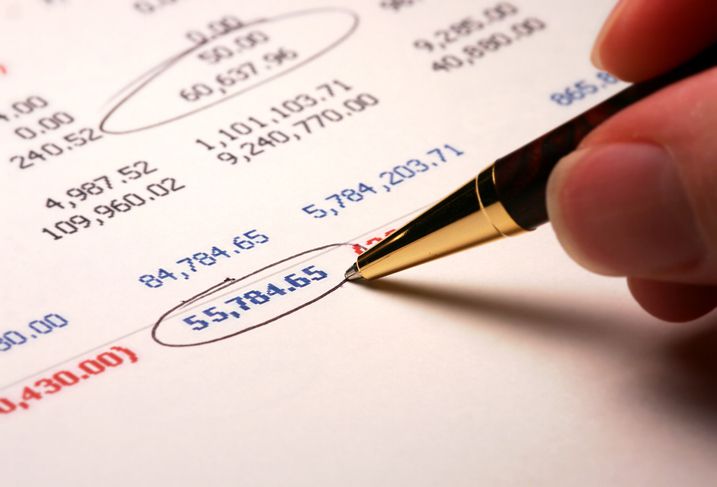This space has taken pity on Janet Yellen who in a herculean task must fund 4+ trillion dollars to pay the bills in America just this year. Her biggest challenge will be to find a home for the bills and bonds that her Treasury department will issue. The investor audience has shrugged in light of this unprecedented and gargantuan supply, and the market has given in accordingly in the course of the year. 10-year yields have roughly doubled and hovered around the 1.60% area.
The funding operation is only one of her problems, though. America runs a historically high current account deficit, and the tsunami of demand that is being created by the previous and current administration’s stimulus packages will only exacerbate the situation. The relief cheques are triggering a run on consumer products, and the pending infrastructure deal will unleash the same for capital products. Unfortunately, America no longer produces many of those.
One of the effects of the gargantuan demand creation will be that imports rise even more than they have in recent months. The trade deficit will likely go vertical and with it the negative balance on the current account. As we know from ECON101, current and capital accounts do need to balance, else the financial system will drift into an unsustainable disequilibrium with massive effects on currency valuations.
We had a similar scenario in the wake of the financial crisis when the government let the annual federal budget deficit briefly hit 10% of GDP. Then, foreigners and particularly the trade surplus countries swooped up about half of the total newly issued debt and safeguarded the economic equation. During the past rolling 12 months, however, the deficit hit almost 20% of GDP, hence the need for Yellen to finance trillions more and to equally rely on trade surplus counterparts to be buyers of bonds.
The problem for the Treasury secretary today is that the foreign bid has disappeared. The likes of China and Japan have on average been net sellers of US government bonds across the past 6 months. The domestic buyers have equally become cautious due to the rate move. So, Yellen basically has to seek the support of the Fed to place those piles of papers. Eventually, she will be able to raise her trillions, but the question is who will be buying them, and what does it mean?
Foreigners staying away from Treasuries is a big issue. To be sure, the capital account can also serve as an appropriate counterbalance to the current account by way of other capital flows that channel excess export-related dollars back to America – corporate bonds, for example, but those have also been sold off on a net basis, albeit much less so than Treasuries. As an alternative, agency paper has been in demand and added. It will not be able to move the needle, though.
What foreigners have been buying into hugely on a net basis in the last 12 months are stocks. This is constructive and mitigates the deficit on the current account, but it is not certain whether surplus jurisdictions are necessarily exercising this demand. It would essentially require considerable capital flows from China and Japan to avoid undesired pressure in the FX markets and materially shift valuations between the Renminbi, the Yen, and the dollar.
Also, with the prevailing investor hesitancy in bonds Washington would need foreigners to be as active in stocks in the coming 12 months to keep the balance going. If for whatever reasons equities were to slump and investor confidence eroded in either market, the concept of balancing accounts by way of fund flows would be history. In such a scenario, the only way to determine a balance was by depreciating the dollar. A vicious cycle were to commence, in all likelihood.
Trivially speaking, against this dynamic investors have two choices… Either they remain optimistic and believe in the notion that the Fed will do anything and everything to keep equities bubbling as a means to keep the macro system in check and therefore stay on or hop on the stock market bandwagon. Or they turn skeptical about the future of US stocks, appreciating the consequential fund flow gaps that this would leave with foreigners becoming net sellers, and short the greenback that will be thrown under the bus.
